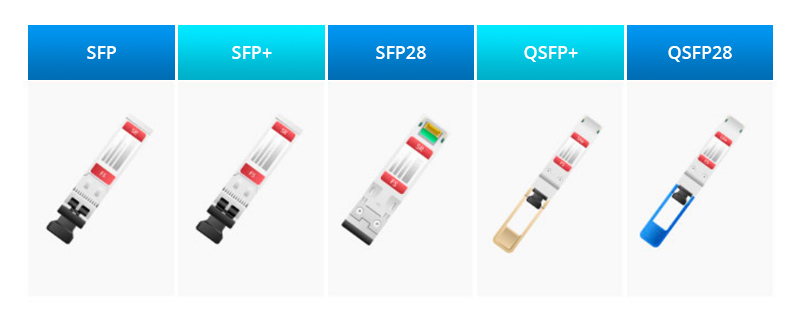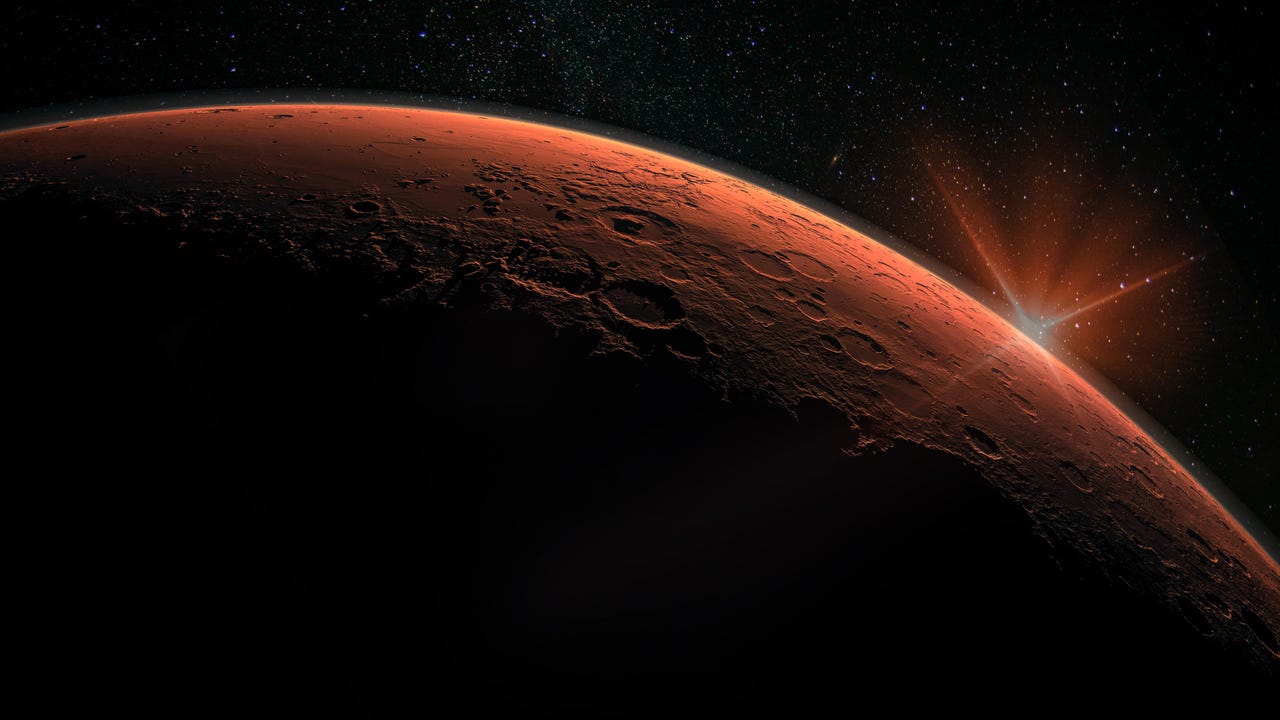































 Shutterstock
Shutterstock One of the European Space Agency's lowest cost and most successful missions, the Mars Express, is finally receiving a software upgrade.
Nineteen years after its launch, the Mars Advanced Radar for Subsurface and Ionospheric Sounding (MARSIS) instrument on the Mars Express is finally getting an update. This system update will allow it to view the surfaces of Mars and its moon Phobos in greater detail.
"We faced a number of challenges to improve the performance of MARSIS," says Carlo Nenna, MARSIS on-board software engineer at Enginium is implementing the upgrade. "Not least because the MARSIS software was originally designed over 20 years ago, using a development environment based on Microsoft Windows 98!"
MARSIS's first major scientific discovery occurred in 2018, when it was instrumental in unearthing an underground water reservoir on Mars, buried beneath 1.5 kilometers of ice and dust. By directing low-frequency radio waves towards the planet's surface via its 40-meter long antenna, MARSIS was able to travel through and transmit data on multiple layers of Mars's crust. Since then, MARSIS has discovered three more water sources, revealing multitudes of information on the planet's structure and geology.
SEE:NASA's Mars helicopter just took these remarkable photos of the rover's landing gear
MARSIS's new software, developed by the Istituto Nazionale di Astrofisica (INAF) team in Italy, includes upgrades designed to improve data resolution and processing. These upgrades were designed to increase the amount and quality of data sent back to Earth.
"Previously, to study the most important features on Mars, and to study its moon Phobos at all, we relied on a complex technique that stored a lot of high-resolution data and filled up the instrument's on-board memory very quickly," said Andrea Cicchetti, MARSIS peputy PI and operation manager at INAF, who led the development of the upgrade.
"By discarding data that we don't need, the new software allows us to switch MARSIS on for five times as long and explore a much larger area with each pass."
As older data has suggested the presence of liquid water near Mars's south pole, the software update's potential to efficiently process extensive data could confirm the presence of new sources of water on Mars.
Ultimately, ESA Mars Express scientist Colin Wilson explains: "It really is like having a brand new instrument on board Mars Express almost 20 years after launch."
 Etiquetas calientes:
innovación
Espacio espacio
Etiquetas calientes:
innovación
Espacio espacio